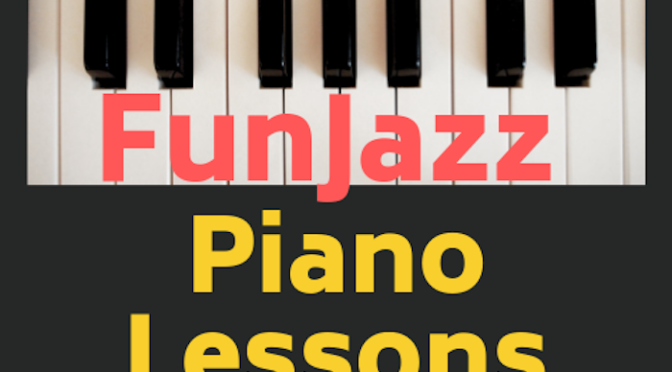The mixo b2 b6 bebop dominant scale (here used as an E7(b9b13) chordmode):
| scale degrees | 1 b2 3 4 5 b6 b7 7 8 |
| chordmode | E F G# A B C D D# E |
The mixo #2 #4 bebop dominant scale (here used as an F7(#9#11) chordmode):
| scale degrees | 1 #2 3 #4 5 6 b7 7 8 |
| chordmode | F G# A B C D Eb E F |
Although the mixo b2 b6 and mixo #2 #4 bebop dominant scales laid out in the tables above have different starting pitches, they are made up of the exact same notes (in other words, they can be viewed as modes of each other).
In both cases, the added chromatic passing tone corresponds to the major seventh (7) scale degree (as is the case in several of the more “traditional” bebop scales such as the bebop dominant scale, the bebop harmonic minor scale, and the seventh flat 5 diminished scale listed on this Wikipedia page).
Further, the notes they are made up of are the chord tones belonging to two separate dominant chords, whose roots sit a semitone apart (E7 (E G# B D) and F7 (F A C Eb) in our examples). Labeling either of these scales bebop double dominant hence seems quite fitting.
It can be noted that besides the mixolydian b2 b6 (1 b2 3 4 5 b6 b7 8 / E F G# A B C D E) and mixolydian #2 #4 (1 #2 3 #4 5 6 b7 8 / F G# A B C D Eb F) modes, several other 7-note scales are contained within the 8-note bebop double dominant scale presented above:
- the double harmonic major scale (1 b2 3 4 5 b6 7 8 / E F G# A B C D# E);
- the fourth mode of the double harmonic major scale presented in the previous bullet point, also known as the double harmonic minor scale (1 2 b3 #4 5 b6 7 8 / A B C D# E F G# A);
- the harmonic minor scale (1 2 b3 4 5 b6 7 8 / A B C D E F G# A).

